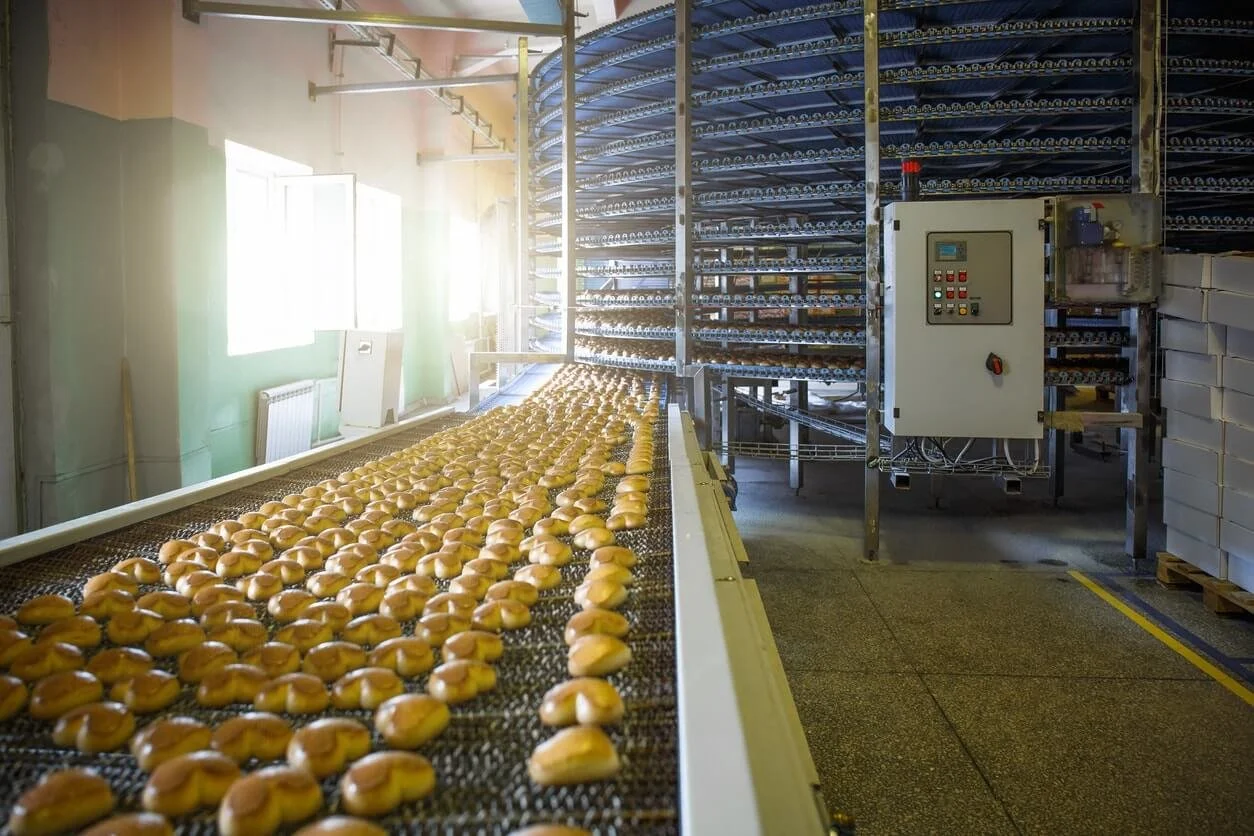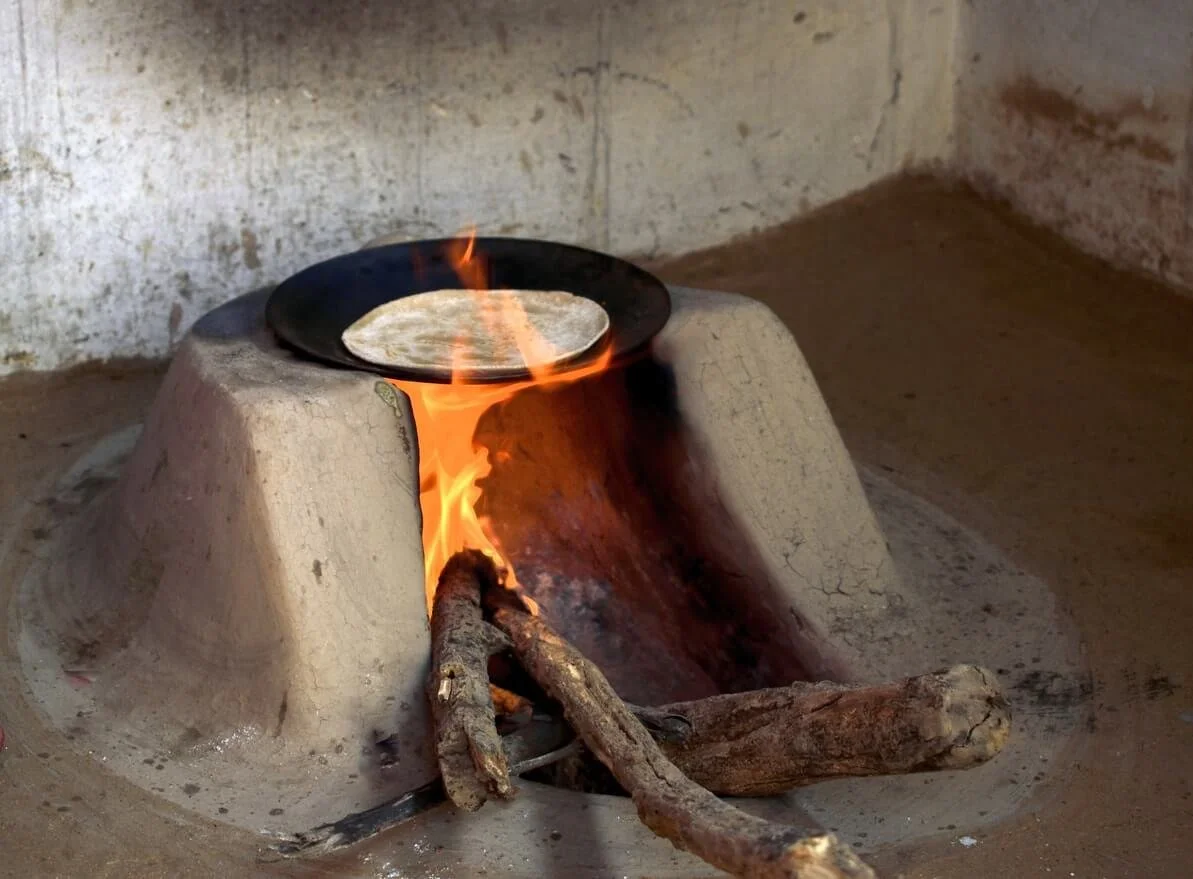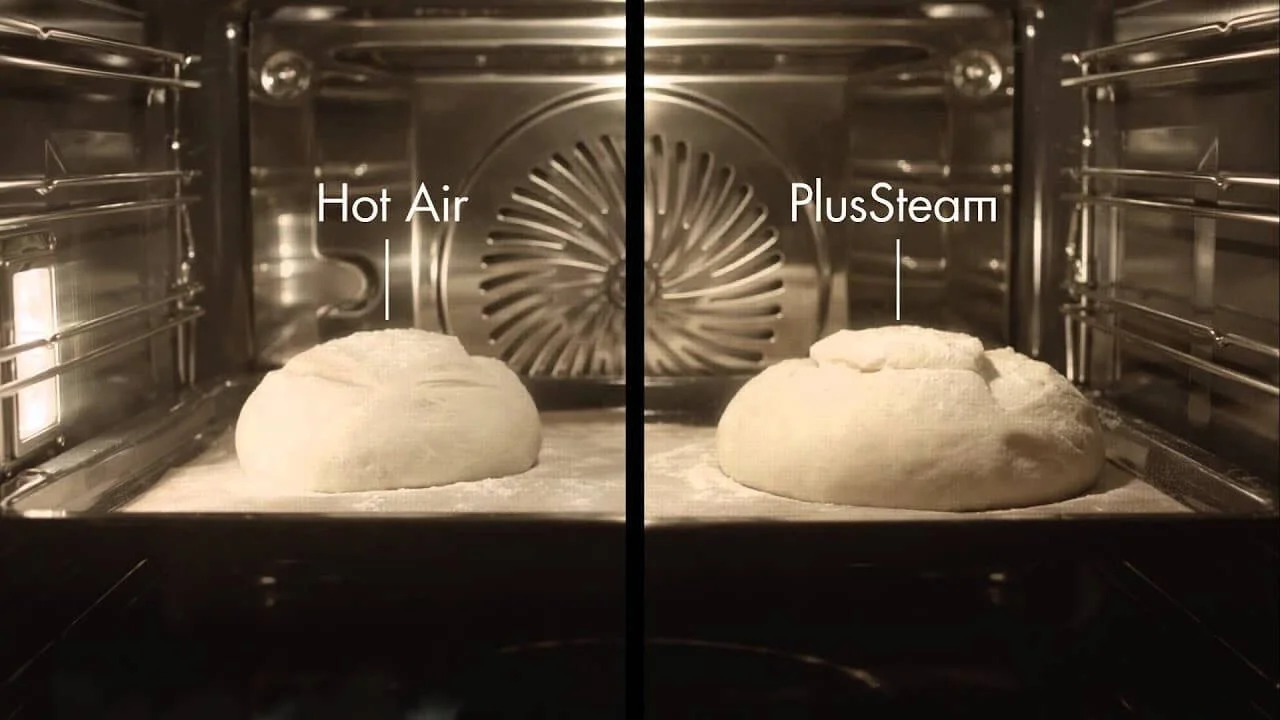Food Staples: Bread
Discover > Texas Home Cooking > Food Staples: Bread
White, brown, mixed, seedy, crusty, thick, thin, sourdough, pumpernickel, loaf, roll... this is getting out of hand. Bread (What wine goes well with bread?) has come far since its debut in ancient Egypt in 8000 BC. This means that bread was one of the first-ever man-made made foods, it carried huge significance for settlers since the dawn of agriculture. So much so that it has become a staple in religious rituals and ceremonies as well as in secular cultures. From simple stone querns grinding grams of grains and corn at a time to gigantic mills that process over 300 tones of flour (how long does flour last?) every day, the bread market has grown into a tyrant of the baked goods industry raking in a huge $27 billion dollars in revenue in 2019. That's just bread by the way, $27 billion out of the $72 billion the US bakery industry makes annually.
There are at least 138 different kinds of bread available on the market to buy, form different colored toast, sourdough loaves, pizza crust, pita bread, biscuits, and many many more, so it's no surprise that the market for it has grown, and continues to grow steadily. Baking is a science, this includes bread. The ratio of ingredients and the method is important and can impact the finished loaf to your disadvantage, so there are a few steps to follow when making your own bread:
History
The very long history of bread technically begins in around 8000 BC when the cultivation of grains like barley (how long does barley last?) and wheat began (around 9,000-10,000 years ago). However, there is an even more primitive form of bread that was being produced a mind-blowing 30,000 years ago. This form of 'bread' if you can even call it that was made by extracting the starch from plants like cattails and ferns by rubbing them against a stone. These starches would be left to dry then made into a form of flatbread.
Leavening was a practice that quickly followed bread making, and the ancient people were not short of any sources for these agents. The biggest at the tome was airborne yeast. Other cultures like Gauls and Iberians used the foam from beer and other fermented liquids called 'barm' to make barm bread. Other parts of the world that enjoyed wine over beer, such as Italy used a paste composed of grape juice and flour that was starting to ferment. The most common form of leavening was to retain the dough from the previous day to use as a sourdough starter.
Thousands of bread making methods invented over the years. Both to get the best bread in the shortest amount of time and the least amount of effort. In 1961 the British Baking Industries Research Association invented a method called the Chorleywood bread process. A process now used by the majority of bread manufacturers around the world today. The basic idea is that intense mechanical working of the dough dramatically reduced the fermentation/proofing period. The high energy mixing allows for the use of grain with lower protein content. As a result bread production increases by 10 fold and at a fraction of the cost to the manufacturer. It's important to note however that this process takes its toll on the nutritional value of the finished bread.
Culinary Uses
Oh boy, where would the culinary world be without bread? Think about it, not just bread, breadcrumbs, tortillas, sandwiches, bread puddings, barbeques, stuffing, croutons (how long do croutons last?), binding agents, and many many more kitchen inventions that just wouldn't have been if our ancestors didn't use starches from cattails and ferns to make primitive flatbreads and eventually evolve to mill grains.
Bread crumbs (how long do bread crumbs last?) can be made by pulverizing and drying bread. They're useful for thickening sauces and holding together sausages. It's used as a dipper for gravies, oils, and soups, stuffing for turkey, countless breakfast dishes, sandwiches filled with spreads, meats, cheeses, and vegetables, and countless desserts.
Nutrition
Bread certainly isn't dieting food. It's high in calories and carbs and relatively low in any essential nutrients. It is however categorized as a source of grain on the second level of the food pyramid. It is a primary source of carbohydrates and a good source of magnesium, selenium, B vitamins, iron, and fiber, although levels of minerals and nutrients vary greatly across the broad spectrum.
The crust of the bread forms through the Maillard reaction where amino acids (the building blocks of protein) and reducing sugars react chemically to form a barker, harder crust. The crust is generally more nutritious than the rest of the bread and recent studies have actually shown that to be true. The crust contains more dietary fiber and antioxidants like pronyl-lysine. An old wives' tale even suggests the bread crust makes your hair curlier.
Flour
Flour is obviously the most important ingredient and bakers have a social way of measuring ingredients based on the amount of flour. It's called the baker's percentage where every ingredient is expressed as a percentage of the flour weight. The flour weight is always expressed as 100%. So if you had 500 grams of flour and 52 grams of sugar, 10.4% would be the measurement of sugar that goes into the loaf. Measuring takes a bit of adjustment but once you have it down you won't just be able to make bread with ease, you'll have heightened your meth skills, and nothing is sweeter than education.
Bread flour (how long does bread flour last?) is the flour most suitable for bread, hence the name. Bread flour differs from plain flour in its protein content. While all-purpose flour holds around 9-11% protein, bread flout holds the advantage at the 11-13% range. These proteins form elastic gluten in the dough which gives bread its spongy texture and the 1-2% makes a huge difference in the finished texture. Bread made with plain flour, or gluten-free bread will often be dense, crumbly, and dry due to the lacking proteins. That being said it is possible to substitute all-purpose flour for bread flour as long as you tweak the recipe and add either a little more water or slightly more flour. Bread flour has a higher gluten content and will require more water to activate.
Proofing & Leavening
Leavening is the process of adding gas to a dough before or during baking to produce a lighter, more easily chewable bread. The majority of bread eaten in the western hemisphere is leavened.
As a kid, did you ever do that experiment where you dropped a spoon of baking soda (how long does baking soda last?) into a glass of vinegar? Well those same gas-producing chemicals are commonly used in bread making. Acidic ingredients like buttermilk are added to baking soda. The reaction of the acid with the baking soda produces gas which in turn aerates the dough. Baking powder (how long does baking powder last?) or self-raising flour are also common chemical leaveners. These quick-leavened breads are often called quick bread or soda bread and are common in things like pancakes, muffins, and American biscuits.
Yeast is another popular form of leavening. Yeasts are single-celled fungi that have been around far longer than we have. There's only a handful of species of yeast that we use in our day to day lives out of the 1,500 that have evolved over hundreds of millions of years, the 5 different types of yeasts we use and consume in our day to day lives are bakers yeast, nutritional yeast (how long does nutritional yeast last?), brewers years, and distillers & wine yeast. You can read more about that here. It turns out we don't just consume yeast in our day to day lives through baked and fermented goods, we inhale it every time we take a breath. When you toss a ball of dough into a bowl and cover it with a cloth to rise, it's not just the yeast you added acted onto it, it's airborne yeast that people utilized all the way back to the neolithic age.
The yeast used for bread or bakers yeast is called Saccharomyces cerevisiae, the same one used for being alcohol. Yeast ferments any carbohydrates in the dough including sugar, which produces carbon dioxide. Many bakers and bread manufacturers rely on commercially produced and harvested yeast, but some artisan bread makers have utilized wild yeast starter methods that can last years in the right conditions. Home yeast farming has been a practice for a very long time even after bakers yeast was first found to have on dough. When bakers yeast went on the market it was expensive so many bread makers played with home fermentation which introduced the world to sourdough.
Sourdough is made with flour, salt, sugar, and most importantly, a sourdough starter. Sourdough starters are basically mini yeast farms in your kitchen and believe it or not it can be fun to watch sometimes(of course it would be more time if it all developed in realtime not over days and weeks). To make a starter you just add equal parts flour and water to a jar and stir. Water will activate an enzyme called amylase which breaks down starches into simple sugars that the yeast and bacteria present in the flour feeds off of. You can feed your starter 1 tablespoon of flour and water every day to grow it.
Steam is a form of natural variation in bread as leavening bacteria and yeast are killed off early on by the heat of the oven. Water molecules evaporate in the oven expanding into steam making the bread rise. This is an unpredictable form of leavening because the steam is not produced until the bread is finished baking. Steam leavening happens regardless of any added raising agents such as baking soda, yeast, or baking powder.
Salt-rising bread is a dense loaf of bread widely made by the early settlers of the Appalachian Mountains. It is an inconsistent form of rising and requires close attention during the leavening process. Salt bread has a very fine texture and tastes almost cheesy due to the bacterial reactions.
Artificial aeration means leavening dough by carbon dioxide in a pressure-vacuum mixer. It manipulates gas bubble sizes and optionally the composition of gases in the dough via the gas applied to the headspace.












